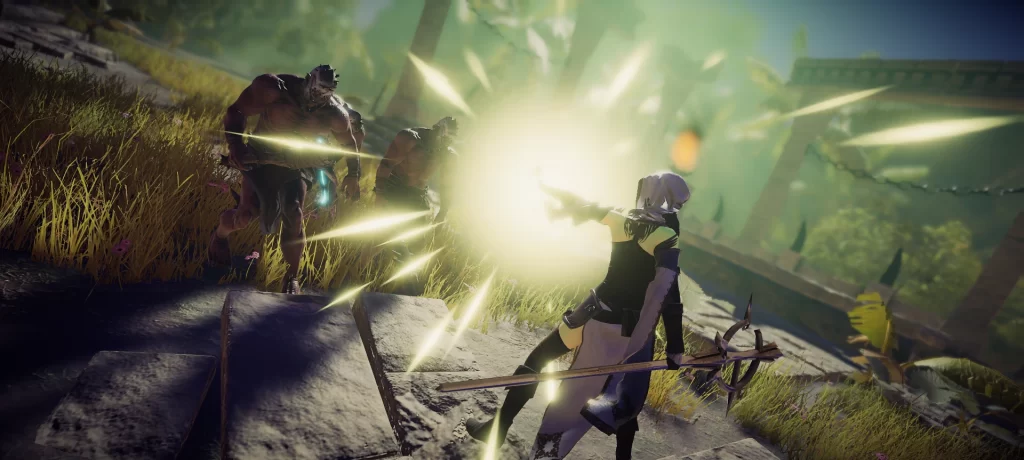Introduction

What are Game Assets?
Terms to Know

The Pros and Cons of using pre-made Game Asset
- Price: pre-made assets are cheaper than custom-made ones because they are made for the masses, not for a single customer.
- Time: you get the product instantly after purchase, and you don’t have to wait for the product.
- Predictability: you can learn a lot about the product before buying. Watch youtube videos, check the screenshots, read the reviews, and ensure this is what you need.
- Test proofed: since many others are already using the asset, you will encounter fewer problems (and if you do, you can rely on the community help)
- Not unique: The assets you get won’t be unique to your game: the lower the price, the higher the chance a game already contains it.
- Style matching: When you want to combine the different products from multiple artists, the style difference can be a rough problem.
Is using pre-made assets a good idea?
The most common problem that inexperienced game developers make when using such assets is inconsistency. Because of this, the game looks “non-professional” and “cheap”. To avoid this, you can modify the assets to make them feel different.
- Lionel “Seith” Gallat used Final IK and Amplify Shader from the asset store during Ghost of a Tail development.
- Team Cherry used the 2D Toolkit and the Playmaker for Hollow Knight.
- Refractive Entertainment is an excellent example of using art assets. In their game, Luminary, they cleverly modified pre-made 3D assets to make them more unique and match better to their art style.
- Gameloft uses the Asset Store for its projects. “Whenever we need something off-the-shelf, it’s probably for sale or available for free in the Asset Store,” said Forestié in this case study.
- Blizzard Entertainment used PlayMaker in Hearthstone to create scripted events alongside their animation system, and this enabled their art team to make fantastic in-game events independently.
Picking the right Marketplace for your needs
Hum3D: another 3D marketplace that worth a mention. Massive collection of cars, electronics, weapons and more makes it a great choice for developers making a game in a modern world. Their pricing might be high for some indies.

What to consider when buying an asset?
I have an asset. Can I sell it?
Summary
You can also sell your work on these marketplaces. Remember that asset publishing is a business, not a money-making machine. It takes time to build up and earn decent money with it.
I hope you find this article helpful. If you would like to discuss the topic further, join our Discord server!

